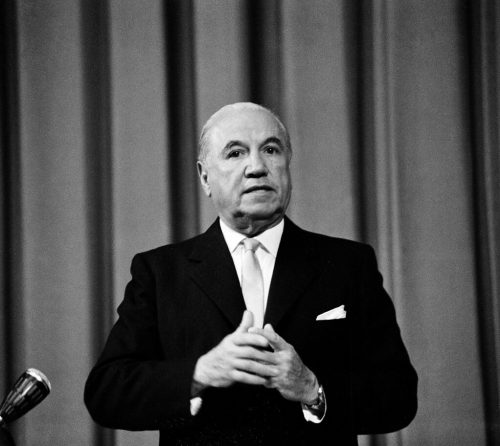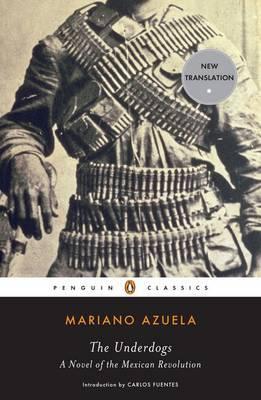Class Notes 03/04
Dr. Holt opened today’s class by asking students if they had questions about Friday’s Unit Quiz #2. Students were primarily concerned about the layout of the quiz, as well as clarification on the content. Going forward, today’s class focused on Revolution, as the students were to read and analyze Born in Blood and Fire Chapter 8 (Revolution) before the lecture. Dr. Holt presented the question: What economic, political, and social changes occur in Latin America during and after WWII?, in which the class analyzed for the remainder of the lecture. The main points related to this question were global politics, economics, and societies. We talked about Mexican, Argentine, and Brazilian contributions to WWII. Additionally, we talked about the reactions to the war and the US Marshall Plan. Then, Dr. Holt handed out a map that represented the rise of cities and growth of urban populations after the war. The class then analyzed The Economist: Regional Data on Latin America’s GDP, bringing up discussion on Post War Latin American Economics. The lecture ended with discussion based on Guevara’s memoir and how his experiences connected to these changes. Students brought up the fact that inequality is shown all throughout the memoir, and since Guevara comes from an elite community, his perspective changes by observing different social classes throughout Latin America.
An interesting aspect of today’s lecture was analyzing the two economic competing schools of thought in Latin America after WWII, which include the Liberal Economist view and the Raul Prebisch Dependency Theory. Liberal economists believed that there should be a focus on comparative advantage, which is the idea that a country produces a good or service for a lower opportunity cost than other countries. On the contrary, the Raul Prebisch Dependency Theory focused on the idea that Latin America needed to escape neocolonial relationships and join the industrial center (the United States and Western Europe). In the dependency theory, there was a focus on import-substitution industrialization, which was the opposite of the export-import development that the Liberal Economist view focused more on. The following list of sources goes more in-depth on this topic.
- https://www.pbs.org/wgbh/commandingheights/shared/minitext/ess_dependencia.html
- https://www.economicsonline.co.uk/Global_economics/Dependency_theory.html
- https://www.mtholyoke.edu/acad/intrel/depend.htm
Three Questions for Thought:
- How did Latin America react to the US Marshall Plan?
- What was the relationship between Latin America and the US after WWII?
- How did urbanization affect Latin American communities?



